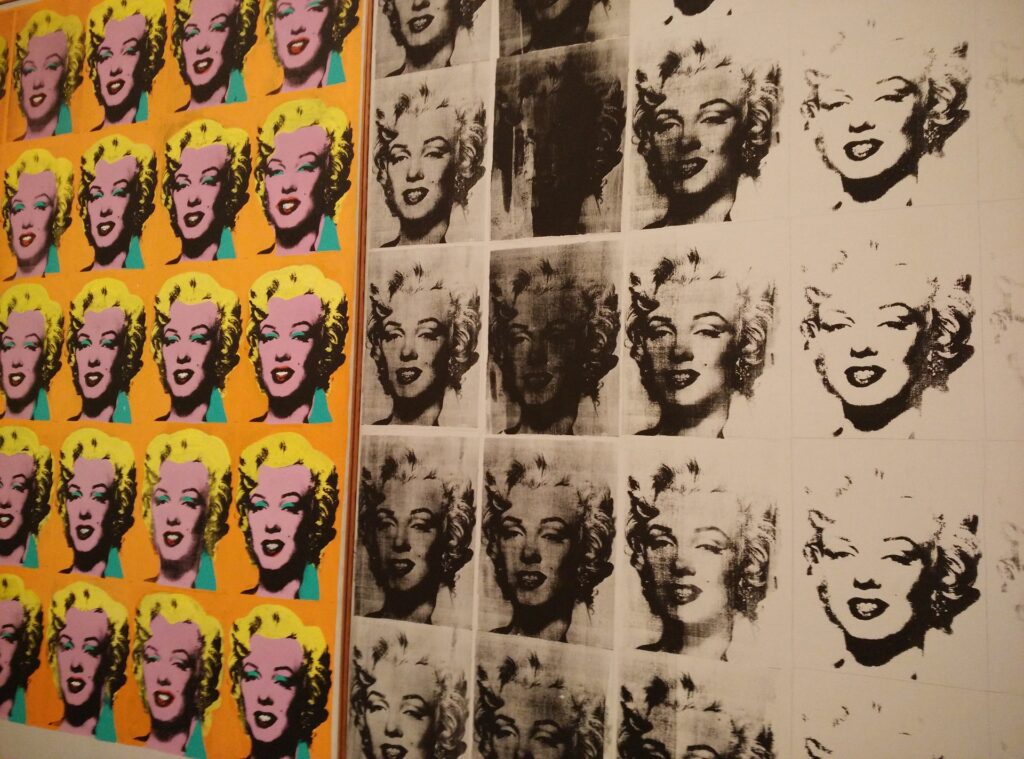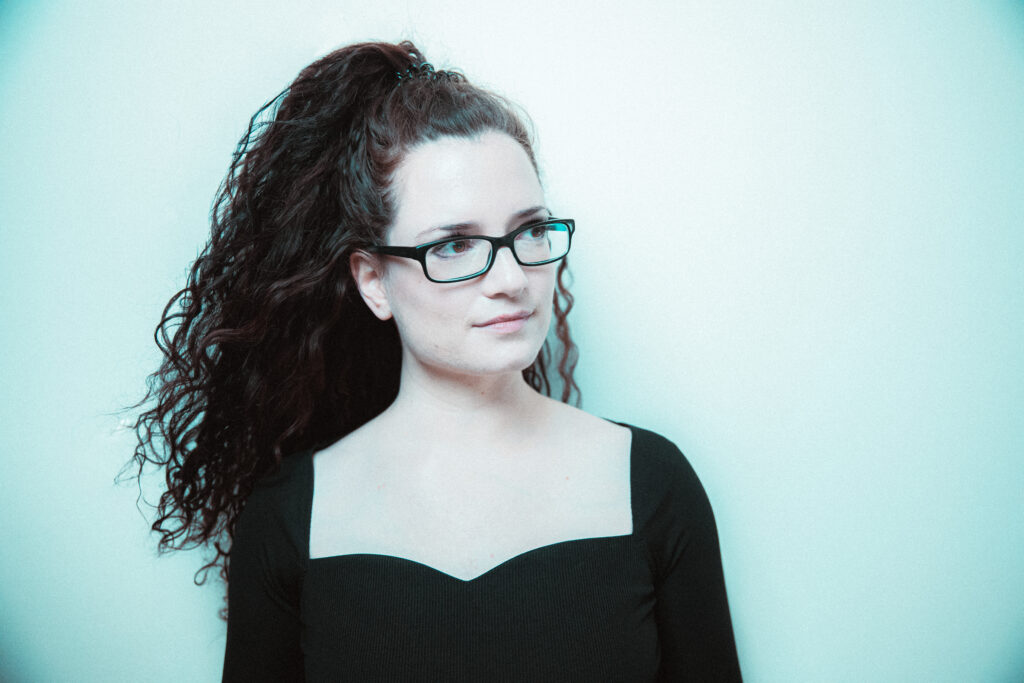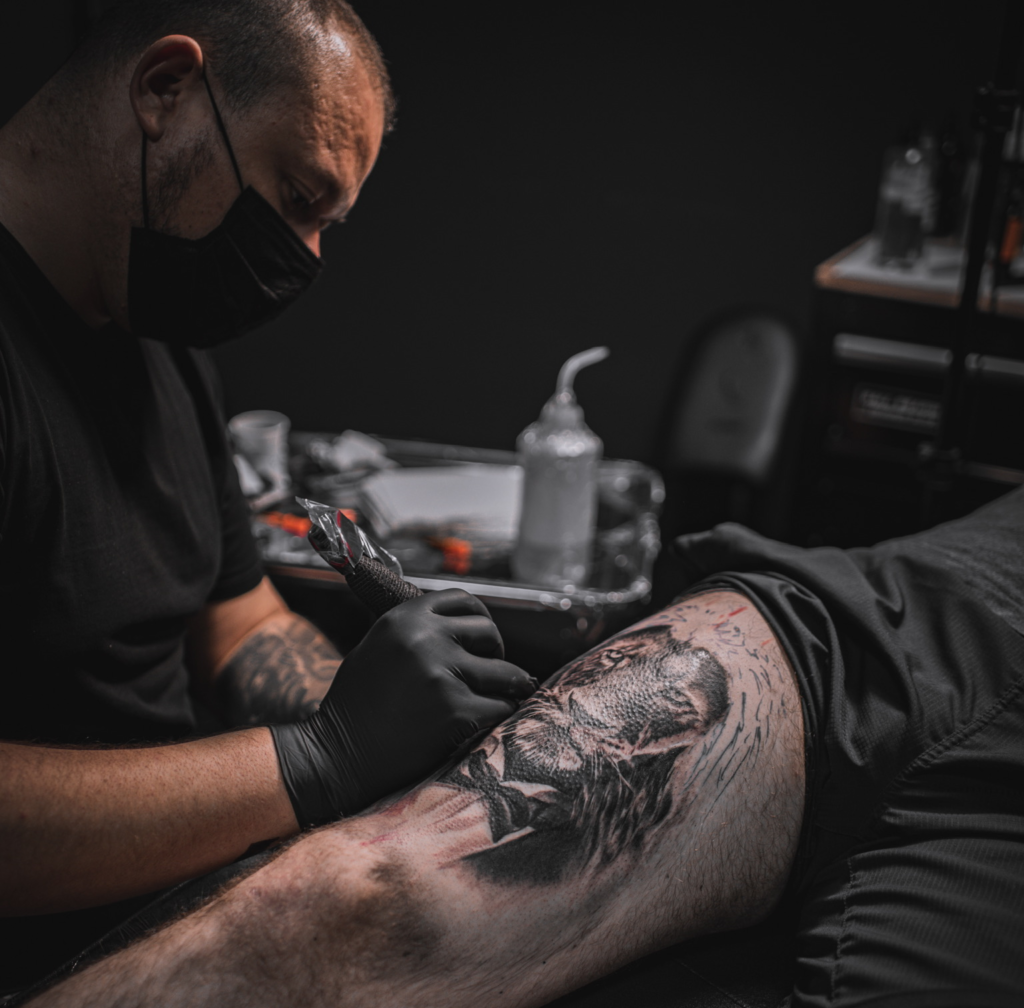

Warhol still on top of art
More than 30 years after his death, Andy Warhol is still on top of contemporary art and culture in a broad sense. His influence has surpassed what he could dream of when he was starting out in New York, in the 50s.
When we think of Andy Warhol, most of us remember his Marilyn silkscreen paintings and his Campbell’s Soup cans. As a matter of fact, his works of art are among the most sought-after pieces in the world today. Given the importance that the contemporary art market has taken, prestigious figures like Warhol represent some kind of absolute.
But is that linked to his inner talent or to his mainstream diffusion? Is Warhol the King of Art or just the King of Advertising? The question doesn’t seem that crucial, given the artist started out as a commercial artist and therefore never forgot his marketing and business-oriented roots. More than that, he liked this job, even if he always wanted to become a fine artist.
In our social media world, can we still draw a clear frontier between publicity and entertainment? Between business and culture? Between advertising and art? Nowadays, it looks like almost everyone is living in a Warholian paradigm.
Aside from entertainment itself, our whole culture has become joke-oriented, and no one can survive the internet if it doesn’t appreciate memes and “funny” videos published on TikTok or Twitter. No matter what we think of them, it’s there, and it’s become part of our life.
Our own gallery Connan Art represents several pop artists, even if Tom Connan sees himself as “total artist” more specifically. But Total Art is not the opposite of Pop Art, it seems to be the continuation of the Warholian perspective. With this new (or refreshed) movement, life and art are intertwined, while pop artists tried to mix commerce and art.
But is that so different? Total Art appears as a revived version of what Pop Art tried to bring on the table a few decades ago.






